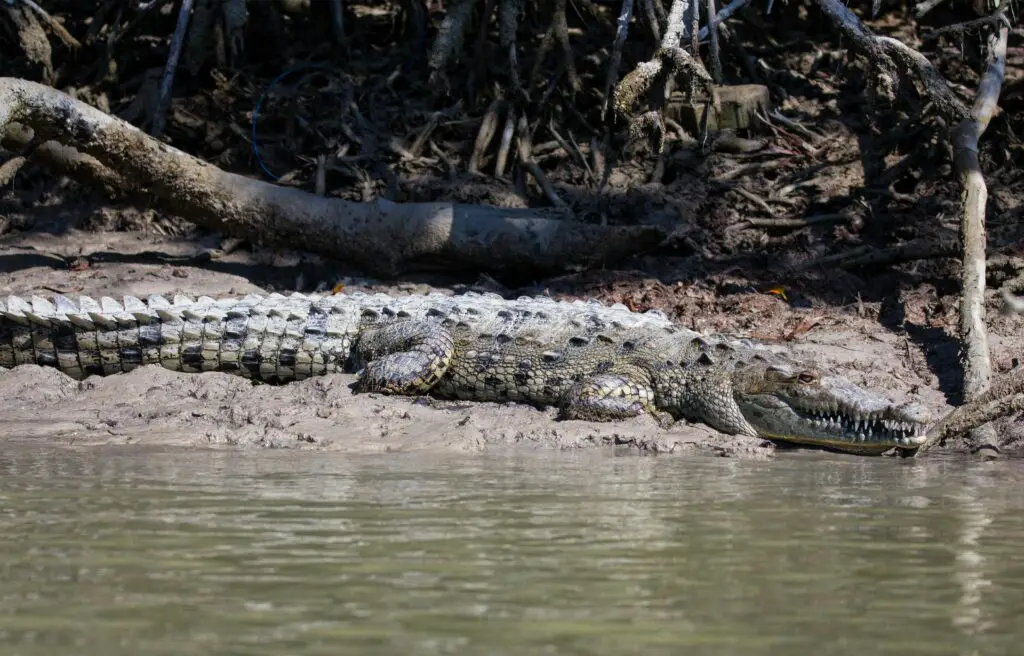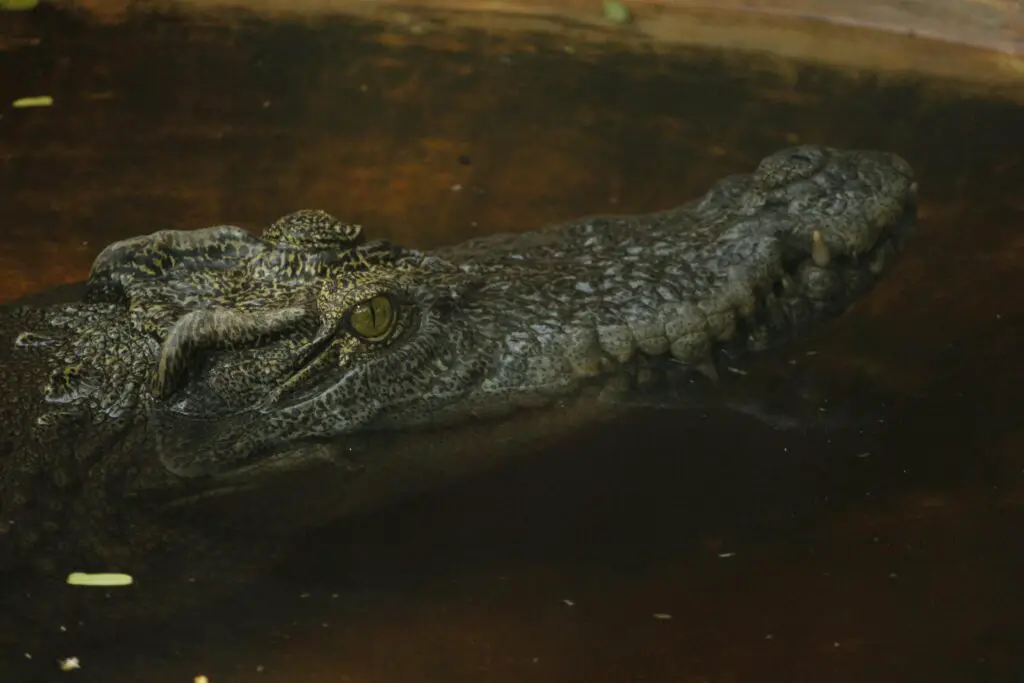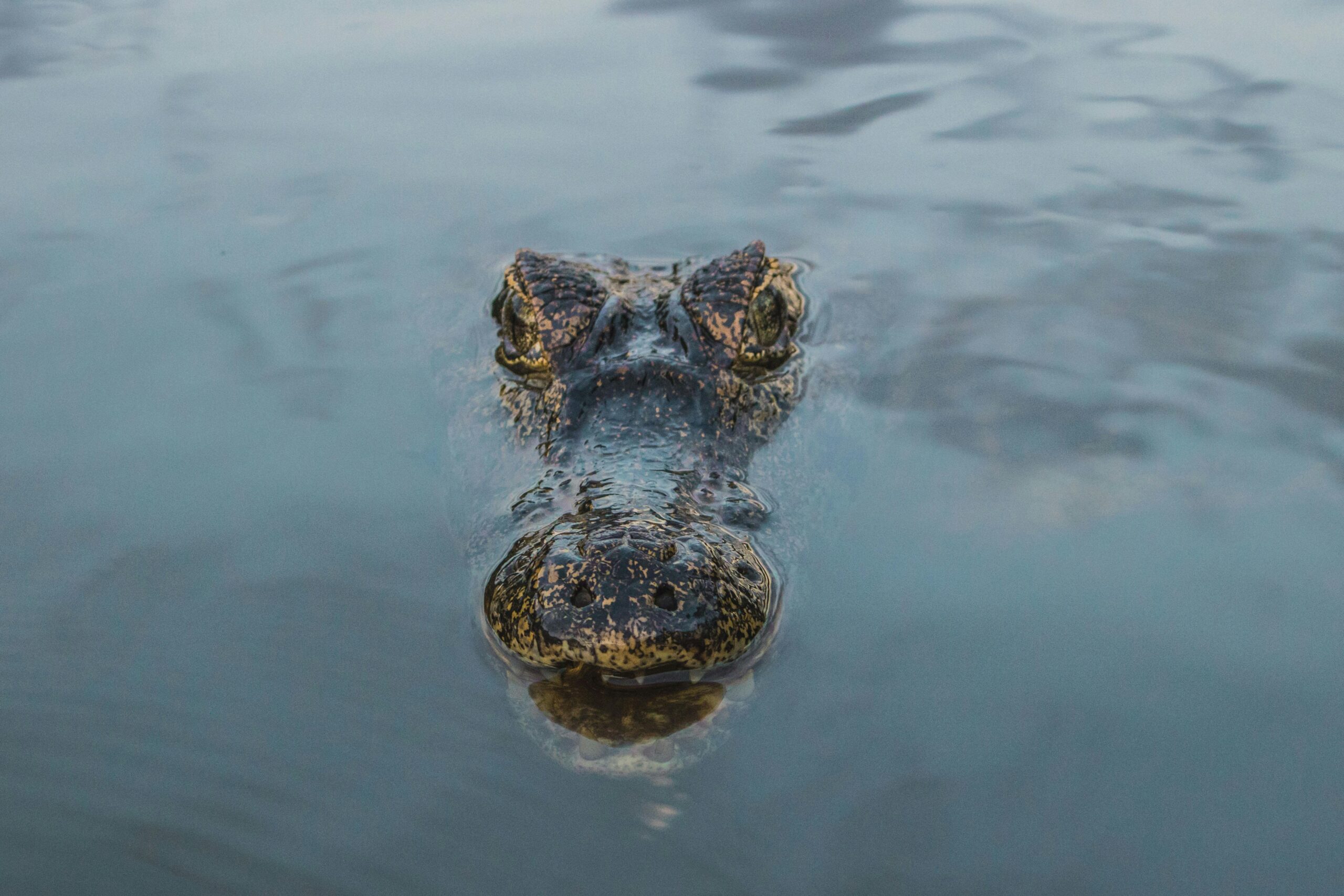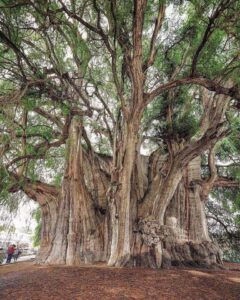The American alligator, scientifically known as Alligator mississippiensis, is a captivating reptile that thrives in the wetland habitats of the southeastern United States. As a member of the crocodilian family, the American alligator has a rich history and plays a vital role in its ecosystem. This article will delve into the fascinating facts about this remarkable creature, exploring its physical characteristics, habitat, behavior, conservation efforts, and its relationship with humans.
Key Takeaways
- The American alligator is a member of the crocodilian family and is native to the wetland habitats of the southeastern United States.
- Alligators are known for their broad, rounded snouts, dark coloration, and armored, scaly skin, and can grow up to 13 feet in length and over 1,000 pounds.
- The Everglades in Florida is one of the most important habitats for the American alligator, providing the ideal conditions for the species to thrive.
- Alligators play a vital role in maintaining the balance of their ecosystems, serving as apex predators and helping to regulate the populations of other animals.
- The American alligator was once threatened by overhunting and habitat loss, but has since made a remarkable recovery thanks to conservation efforts and protective legislation.
Introduction to the American Alligator
The American alligator, scientifically known as Alligator mississippiensis, is a captivating reptile that belongs to the crocodilian family. As one of the most iconic creatures of the southeastern United States, the American alligator has captured the fascination of researchers, conservationists, and the general public alike.
Classification and Taxonomy
The American alligator is classified as Alligator mississippiensis, making it one of only two extant alligator species in the world, the other being the Chinese alligator. This reptile is a member of the crocodilian family, which includes alligators, crocodiles, and caimans.
Physical Characteristics
Physically, the American alligator is characterized by its broad, rounded snout, dark coloration, and armored, scaly skin. Adult alligators can grow up to 13 feet in length and weigh over 1,000 pounds, making them one of the largest reptiles in North America. These impressive physical attributes, combined with their powerful jaws and teeth, contribute to the American alligator’s status as an apex predator in their wetland habitats.
American Alligator Habitat
The American alligator is native to the wetland ecosystems of the southeastern United States, with its primary habitat being the marshes, swamps, rivers, and lakes of the region. These lush, dynamic environments provide the ideal conditions for the american alligator to thrive, offering abundant food sources, suitable breeding grounds, and the necessary water resources to support this remarkable reptile.
Wetland Ecosystems
Wetland habitats, such as those found throughout the southeastern states, are essential to the American alligator’s survival. These diverse ecosystems, characterized by their shallow, slow-moving waters and abundant vegetation, serve as a haven for the american alligator, offering protection, breeding opportunities, and a plentiful supply of prey. The intricate web of life within these wetlands is delicately balanced, with the american alligator playing a crucial role as a top predator, helping to maintain the ecological equilibrium.
Everglades and Other Key Habitats
One of the most renowned and crucial habitats for the american alligator is the Everglades in Florida. This vast, sprawling wetland complex provides the perfect environment for the species, with its expansive marshes, slow-moving rivers, and diverse array of plant and animal life. Beyond the Everglades, other key habitats for the american alligator include the bayous of Louisiana, the rivers and lakes of Texas, and the coastal areas of the Carolinas and Georgia, all of which offer the necessary resources and conditions for this remarkable reptile to thrive.
| Region | Habitat Features | Alligator Population |
| Everglades, Florida | Expansive marshes, slow-moving rivers, diverse ecosystem | Thriving, with the Everglades serving as a critical stronghold for the american alligator |
| Bayous of Louisiana | Extensive wetlands, meandering waterways, abundant vegetation | Sizable population, with the bayous providing excellent habitat for the american alligator |
| Rivers and lakes of Texas | Diverse aquatic habitats, including rivers, lakes, and coastal areas | Thriving populations, as the american alligator has adapted well to the varied water bodies of Texas |
| Coastal areas of the Carolinas and Georgia | Marshes, estuaries, and coastal wetlands | Healthy populations, with the american alligator playing a vital role in these dynamic coastal ecosystems |

Lifecycle and Behavior
The captivating lifecycle that encompasses various stages, from reproduction and nesting to feeding habits and social dynamics. This iconic reptile showcases a remarkable range of behaviors that are integral to its survival and role within the wetland ecosystems it calls home.
Reproduction and Nesting
During the breeding season, male engage in elaborate courtship rituals to attract potential mates. These impressive displays often involve dramatic head and tail movements, as the males assert their dominance and vie for the attention of the females. Once a pair has mated, the female constructs a nest using vegetation, mud, and other available materials. She can lay up to 50 eggs, which she then diligently guards until they hatch, ensuring the survival of the next generation.
Feeding Habits
are opportunistic predators, feeding on a diverse array of prey. These formidable reptiles have been known to consume fish, birds, small mammals, and even other . Their powerful jaws and ability to ambush unsuspecting prey make them skilled hunters, capable of adapting to the resources available in their wetland habitats.
Social Dynamics
The social behavior of is complex, with clear hierarchies and territorial tendencies observed within their populations. Dominant males often establish and defend their territories, using aggressive displays and vocalizations to assert their dominance and deter potential rivals. This intricate social structure helps maintain a delicate balance within the alligator communities, shaping their interactions and ensuring the stability of their wetland ecosystems.
American Alligator Conservation
The American alligator was once threatened by overhunting and habitat loss, leading to its placement on the endangered species list in the mid-20th century. However, thanks to extensive conservation efforts and protective legislation, the American alligator population has made a remarkable recovery.
Past Threats and Recovery Efforts
In the past, the American alligator faced significant threats, including overhunting for its valuable hide and meat, as well as the loss of its vital wetland habitats. These factors led to a steep decline in the alligator’s population, prompting its inclusion on the endangered species list. Fortunately, dedicated conservation initiatives and strict regulations, such as the Endangered Species Act, have played a pivotal role in the American alligator’s remarkable recovery.
Current Conservation Status
Today, the American alligator is considered a conservation success story, with its conservation status downgraded from “endangered” to “threatened.” This significant achievement is a testament to the effectiveness of the conservation measures implemented over the past decades. However, ongoing conservation efforts remain crucial to maintaining the healthy population of American alligators and ensuring their continued survival in the years to come.
American Alligator and Humans
The relationship between the American alligator and humans has evolved over time, with the species being both a source of economic value and a subject of conservation efforts. Alligator farming has become a significant industry, providing a sustainable source of alligator meat and leather. The meat is considered a delicacy in some regions, while the leather is prized for its durability and used in various consumer products.
Alligator Farming
Alligator farming has become an important part of the American alligator’s relationship with humans. Farmers have found ways to raise alligators in a controlled environment, providing a steady supply of alligator meat and leather to meet the demand. This industry not only supports local economies but also helps to preserve the species by reducing the need for wild harvesting.
Alligator Leather and Meat
The American alligator’s meat and leather have long been valued by humans. Alligator meat is considered a delicacy in some regions, with its rich, flavorful taste often compared to chicken or pork. Meanwhile, the alligator’s tough, durable skin is prized for its use in a variety of consumer products, from shoes and handbags to belts and wallets. The alligator leather industry has become a significant part of the overall alligator economy, providing both economic benefits and a source of sustainable use for the species.
Despite the economic opportunities presented by alligator farming and the use of alligator products, the American alligator remains an important part of the ecosystem and a symbol of the wetland habitats it calls home. Conservationists and policymakers continue to work to strike a balance between the species’ commercial value and its ecological significance, ensuring the long-term survival of this remarkable reptile.
Fascinating Facts About the American Alligator
The American alligator, scientifically known as Alligator mississippiensis, is a truly captivating creature with a range of unique traits and characteristics that set it apart from other reptiles. One of the most remarkable adaptations of the American alligator is its ability to regrow its tail if it is damaged or lost. This remarkable regenerative capacity allows the alligator to recover from injuries and continue thriving in its wetland habitat.
Another fascinating fact about the American alligator is the sheer power of its jaws. These apex predators are known for their powerful bites, which can exert over 2,000 pounds of pressure per square inch. This makes the American alligator one of the strongest biters in the animal kingdom, capable of crushing the bones of its prey with ease.
Beyond their physical prowess, American alligators are also known for their remarkable social behaviors. These reptiles exhibit complex dominance hierarchies and territorial dynamics, with males engaging in elaborate courtship rituals to attract mates. The American alligator’s ability to navigate these intricate social interactions continues to captivate researchers and the general public alike.
These and other intriguing facts about the American alligator serve as a testament to the remarkable adaptations and behaviors of this iconic species. As we continue to explore and study the American alligator, we gain a deeper appreciation for the wonders of the natural world and the importance of preserving the delicate ecosystems that these fascinating creatures call home.
Myths and Misconceptions
Despite the wealth of information available about the American alligator, there are still many myths and misconceptions surrounding this fascinating reptile. It’s important to separate fact from fiction to truly appreciate the American alligator and its unique characteristics.
Separating Fact from Fiction
One common misconception is that American alligators are aggressively dangerous and pose a constant threat to humans. However, the reality is that alligator attacks on people are relatively rare, and these reptiles generally avoid direct confrontation with humans. Another widespread myth is that alligators can outrun a human on land. In truth, alligators are generally slow-moving on dry ground, with a top speed of only about 35 miles per hour for short bursts.
By dispelling these myths and understanding the facts about American alligators, we can gain a deeper appreciation for these remarkable creatures and their role in the wetland ecosystems they call home.
Importance of Wetland Conservation
The conservation of wetland habitats is crucial for the continued well-being of the American alligator and the broader ecosystem. Wetlands provide essential resources and shelter for a diverse array of plant and animal species, including the american alligator. Additionally, alligators play a vital role in maintaining the balance of their ecosystems, serving as apex predators and helping to regulate the populations of other animals.
Role of Alligators in Ecosystem Balance
By protecting and restoring wetland habitats, we can ensure the long-term survival of the american alligator and the delicate balance of the natural world. Alligators are a keystone species in their ecosystems, and their presence helps to maintain the ecosystem balance through their predatory activities and interactions with other organisms.
| Ecosystem Role | Importance |
| Apex Predator | Alligators regulate the populations of smaller animals, preventing overpopulation and maintaining a healthy balance in the wetland ecosystem. |
| Habitat Creation | Alligator nests and burrows provide shelter and breeding grounds for a variety of other species, contributing to the overall diversity of the wetland habitat. |
| Nutrient Cycling | The decomposition of alligator remains and waste helps to cycle nutrients back into the wetland ecosystem, supporting the growth of plants and other organisms. |
Research and Future Outlook
Ongoing research and scientific studies continue to provide new insights into the American alligator and its role in the environment. Researchers are exploring various aspects of alligator biology, behavior, and ecology, using advanced technologies and innovative methods to better understand this remarkable reptile.
Scientific Studies
Recent scientific studies have delved deeper into the American alligator’s physiology, uncovering fascinating adaptations that allow it to thrive in its wetland habitats. Researchers are also investigating the species’ social dynamics, communication methods, and the impact of environmental factors on its population dynamics.
Challenges and Opportunities
While the American alligator has made a remarkable recovery, there are still challenges and threats that require continued attention, such as habitat fragmentation, climate change, and the management of human-alligator interactions. By addressing these challenges and seizing new opportunities for research and conservation, we can ensure a bright future for the American alligator and the ecosystems it inhabits.
American Alligator in Popular Culture
The American alligator has long been a subject of fascination and inspiration in popular culture. From its iconic representation in various forms of media, such as movies, television shows, and cartoons, to its use as a mascot for sports teams and universities, the American alligator has become a symbol of the American South and its rich natural heritage.
This enduring presence in popular culture not only reflects the public’s interest in the alligator but also highlights the important role this species plays in shaping our collective understanding and appreciation of the natural world. The American alligator has been featured in numerous blockbuster films, often as a formidable and awe-inspiring creature that commands respect and attention.
Beyond the silver screen, the American alligator has also found its way into the world of sports, serving as the mascot for several universities and professional teams. These iconic representations further cement the alligator’s status as a beloved and recognizable symbol of the American South and its unique natural heritage.
The American alligator’s prominence in popular culture not only entertains and captivates audiences but also serves as a powerful tool for raising awareness about the importance of wetland conservation and the protection of this remarkable reptile. By maintaining a strong presence in the public consciousness, the American alligator continues to inspire a deeper appreciation for the natural world and the vital role it plays in our shared ecosystem.

Conclusion
The American alligator is a truly remarkable reptile, with a rich history, diverse habitat, and captivating behaviors. From its unique physical characteristics to its crucial role in maintaining the balance of wetland ecosystems, the American alligator continues to captivate researchers, conservationists, and the general public alike.
Through ongoing research, conservation efforts, and a deeper understanding of the species, we can ensure the long-term survival of the American alligator and the preservation of the invaluable wetland habitats it calls home. This remarkable creature serves as a testament to the wonders of the natural world and the importance of protecting our planet’s delicate ecosystems.
As we look towards the future, the American alligator stands as a shining example of the resilience and adaptability of nature, reminding us of the critical role we all play in safeguarding the health and diversity of our shared environment. By continuing to study, protect, and appreciate this iconic reptile, we can ensure that the American alligator remains a cherished part of our natural heritage for generations to come.
FAQ
What is the American Alligator?
The American alligator, scientifically known as Alligator mississippiensis, is a captivating reptile that thrives in the wetland habitats of the southeastern United States. As a member of the crocodilian family, the American alligator has a rich history and plays a vital role in its ecosystem.
What are the physical characteristics of the American Alligator?
The American alligator is characterized by its broad, rounded snout, dark coloration, and armored, scaly skin. Adult alligators can grow up to 13 feet in length and weigh over 1,000 pounds, making them one of the largest reptiles in North America.
Where do American Alligators live?
The American alligator is native to the wetland ecosystems of the southeastern United States, with its primary habitat being the marshes, swamps, rivers, and lakes of the region. The Everglades in Florida is one of the most well-known and important habitats for the American alligator.
How do American Alligators reproduce and behave?
American alligators have a complex lifecycle that includes distinct stages of reproduction, nesting, and social behavior. During the breeding season, male alligators engage in elaborate courtship rituals to attract mates. Females build nests of vegetation, mud, and debris, and lay up to 50 eggs, which they carefully guard until they hatch. Alligators are opportunistic predators, feeding on a variety of prey, and they exhibit complex social dynamics, with dominance hierarchies and territorial behavior within their populations.
What is the conservation status of the American Alligator?
The American alligator was once threatened by overhunting and habitat loss, leading to its placement on the endangered species list in the mid-20th century. However, thanks to extensive conservation efforts and protective legislation, the American alligator population has made a remarkable recovery. Today, the species is considered a conservation success story, with its status downgraded from “endangered” to “threatened.”
How do humans interact with American Alligators?
The relationship between the American alligator and humans has evolved over time, with the species being both a source of economic value and a subject of conservation efforts. Alligator farming has become a significant industry, providing a sustainable source of alligator meat and leather. At the same time, the American alligator remains an important part of the ecosystem and a symbol of the wetland habitats it calls home.
What are some fascinating facts about the American Alligator?
The American alligator has a range of unique traits and characteristics that set it apart from other reptiles. For example, alligators have the ability to regrow their tails if they are damaged or lost, and they are known for their powerful jaws, which can exert over 2,000 pounds of pressure per square inch, making them one of the strongest biters in the animal kingdom.
What is the importance of wetland conservation for American Alligators?
The conservation of wetland habitats is crucial for the continued well-being of the American alligator and the broader ecosystem. Wetlands provide essential resources and shelter for a diverse array of plant and animal species, including the alligator. Additionally, alligators play a vital role in maintaining the balance of their ecosystems, serving as apex predators and helping to regulate the populations of other animals.
What are the current research and future outlook for the American Alligator?
Ongoing research and scientific studies continue to provide new insights into the American alligator and its role in the environment. Researchers are exploring various aspects of alligator biology, behavior, and ecology, using advanced technologies and innovative methods. While the American alligator has made a remarkable recovery, there are still challenges and threats that require continued attention, such as habitat fragmentation, climate change, and the management of human-alligator interactions.





